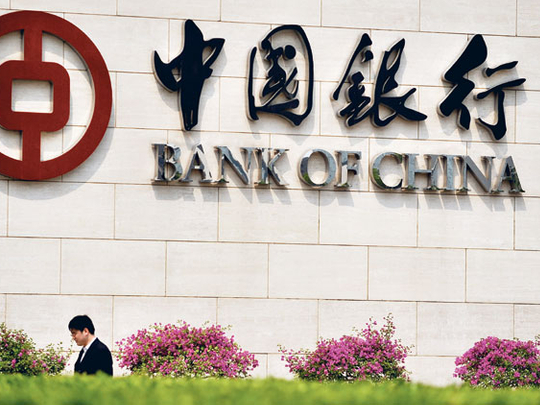
New York : The Bank of China is emerging as one of the largest non-US banks investing in the troubled US commercial property sector, and its local bankers are scouring the market for new deals.
With most US banks paralysed and the market for commercial mortgage -backed securities frozen, foreign banks are now providing more than 60 per cent of all debt financing for commercial real estate, according to data from CBRichard Ellis.
The willingness of these new players to provide debt goes some way to filling a vacuum and providing hope that the worst of the downturn, at least in big US markets, may be over. In so doing, Bank of China and other foreign lenders are taking advantage of underwriting terms and spreads that are particularly attractive today, analysts say.
Xiaojing Li, Bank of China's general manager for the US, says: "Our Beijing head office is encouraging overseas branches to get into the local lending business as long as we control the risk."
No bad loans
Bank of China has no non-performing loans in real estate, Li said, thanks to conservative guidelines. Its marketing materials say it lends only 65 per cent of the value of a property — and much less for hotels.
While most banks today balk at commitments of more than $50 million to $100 million, Bank of China actively seeks larger positions and holds them. For example, Bank of China provided $120 million for the New York Times building, near Times Square.
"We have relationships with real estate companies," Li said. "Because we keep these loans, they know who they are dealing with."
Bank of China, like many other foreign banks, is only interested in trophy commercial assets in gateway cities such as New York, Los Angeles or San Francisco, said Raymond Qiao, who heads commercial real estate lending for Bank of China in New York.
For example, when SL Green Realty Corp, a real estate trust, needed to refinance an office building in Times Square, New York, it turned to Bank of China to lead the lending syndicate.
Bank of China came in with new money and put almost half of the $475 million mortgage on its own books while most other banks in the transaction rolled over their positions and took some money off the table.
Andrew Mathias, president of SL Green, says: "Bank of China has a large balance sheet and is prepared to hold large mortgage investments in mortgages compared to other lenders."
Other foreign banks involved include DekaBank and Landesbank Baden-Wurttemberg. Similarly, when SL Green needed to obtain financing for 100 Park Avenue, all the banks that showed up were foreign, Mathias said.
Bank of China and others are taking advantage of underwriting terms and spreads that are particularly attractive, he adds.
The role of the foreign banks is a far cry from the situation three years ago when lenders could not compete with the CMBS market.
At that time, the CMBS market provided 70 per cent of all debt financing with the bulk of the remainder coming from life insurers and just 10 per cent from banks, primarily domestic institutions.
— Financial Times












